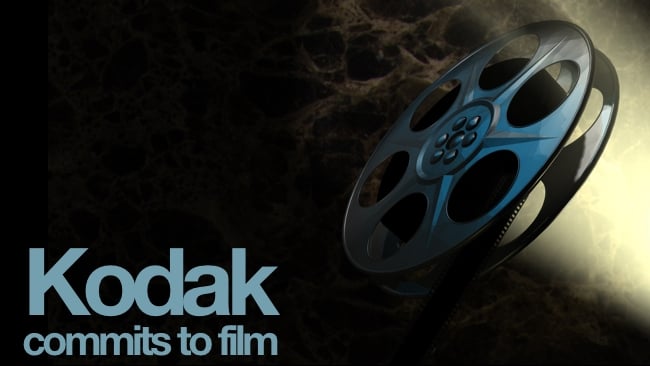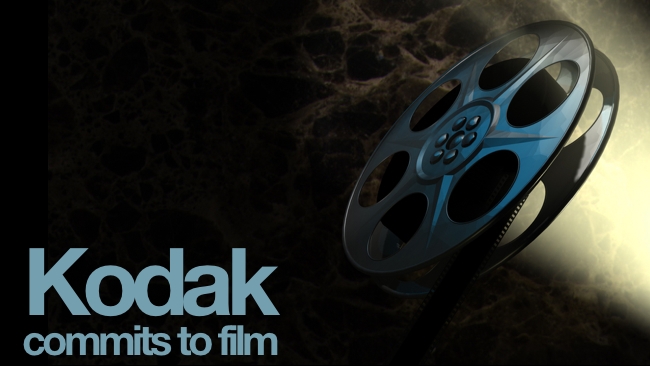
 Kodak commits to film
Kodak commits to film
Kodak has committed to keep producing film for studios and filmmakers - for as long as they want to use it
When you mention "film", more than half the world's population of photographers and filmmakers probably thinks immediately of Kodak.
So it's fairly significant that the company that must have seen its own demise coming for at least thirty years has committed to providing film to the movie industry.
It has announced that it will supply new film to all six major Hollywood studios: 20th Century Fox, Walt Disney Co., Warner Bros. Entertainment Inc., NBC Universal Inc., Paramount Pictures Corp. and Sony Pictures for their movie and television production.
Kodak has apparently been in discussions with filmmakers, studios, production companies and film processors to allow film to remain a viable medium in the industry.
Notably, several high-achieving recent films have been produced using film: s Boyhood, The Grand Budapest Hotel, The Imitation Game, Interstellar, Foxcatcher, Into the Woods, Leviathan, Inherent Vice and The Judge; and the following high profile films are in production - using Kodak film: Star Wars: Episode VII –The Force Awakens, Mission: Impossible 5, Batman v. Superman – Dawn of Justice, Jurassic World, Ant-Man, Cinderella, Entourage, and Trainwreck.
What makes a project "filmworthy"?
There's clearly still a lot of support for film from the creative community. When asked by Kodak "what makes a project FilmWorthy?", the answers from filmmakers, although passionate, don't really do anything to diminish the tendency of digital to replace film:
"Their responses have varied from the need for its exceptional depth to its distinctive grain, but overwhelmingly, the answer is ‘the story.’ They need film to tell their stories the way they envision them, and hold a strong desire for it to remain a critical part of their visual language. Enabling artists to use film will help them to create the moments that make cinema history. The agreements announced today are a testament to the power of film and the creative vision of the artists telling them.”
Tags: Production


Comments